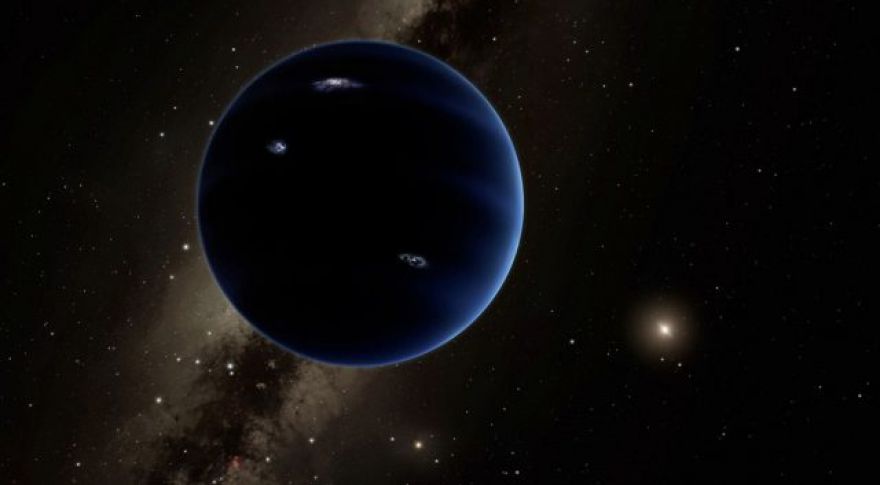
New evidence strengthens the case for ‘Planet 9’ in the outer solar system
Planets are big, but they’re surprisingly hard to spot in the vastness of space. Astronomers are busy cataloging planets in other solar systems — that we missed until just recently. In fact, we aren’t 100% sure we’ve found all the planets in our own solar system. In a new study published in The Astronomical Journal, scientists present compelling evidence for the existence of a large planet orbiting at the edge of the solar system.
The solar system used to have nine planets, of course. That hasn’t been true since Pluto was demoted to dwarf planet status a decade ago.
The pieces started to fall into place for astronomers Chadwick Trujillo and Scott Sheppard several years ago when they analyzed the highly elliptical orbits of Sedna and several smaller objects. They all shared orbital characteristics that indicated they might have been influenced by a massive object in the same region of space. At the time, the pair estimated the unseen planet could be anywhere from 2-15 times more massive than Earth. Earlier this year a different team ran computer simulations that support the notion that the unusual clustering of orbits in the outer solar system is due to a 10-Earth mass planet orbiting about 600 AU from the sun (that’s 600 times the distance from the sun to Earth).
Now, Trujillo and Sheppard say they have in the outer solar system. Several of these objects offer strong support for the presence of a large planet out there. The best evidence comes from two 125-mile wide planetoids that fall in the “argument of perihelion,” an important orbital parameter for Planet 9 (in red above). In all, there are about 15 objects in this region of space, and several of them have such extreme elliptical orbits that planets like Neptune and Saturn could not have gravitational sway over them.
Sheppard puts the odds of Planet 9 being real at about 80%. With a few more objects that fall in the argument of perihelion and it will be difficult to dismiss the existence of a planet out there. Assuming Planet 9 does exist, will we ever be able to see it? It’s entirely possible that something of that size would be visible from Earth using powerful telescopes, but it will be faint. Planet 9 could be anyplace in a large swath of sky, so tracking it down won’t be easy. If more small objects influenced by Planet 9’s gravity can be found, they might point the way to the solar system’s 9th planet.